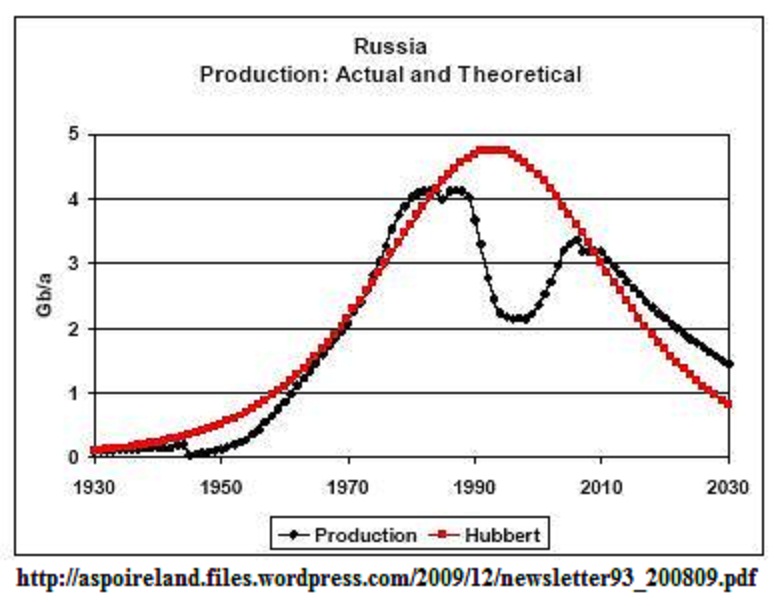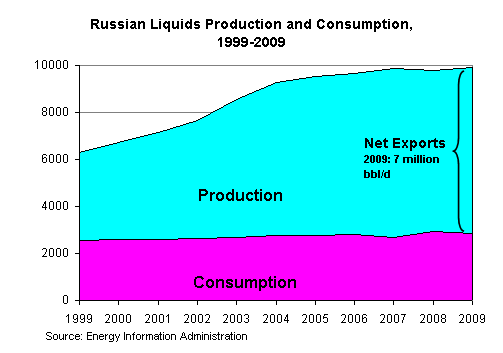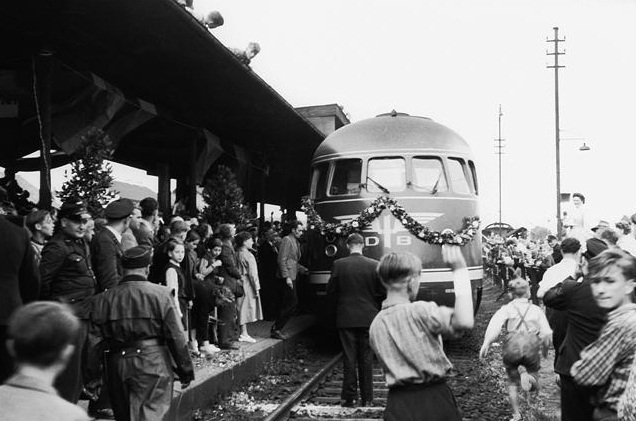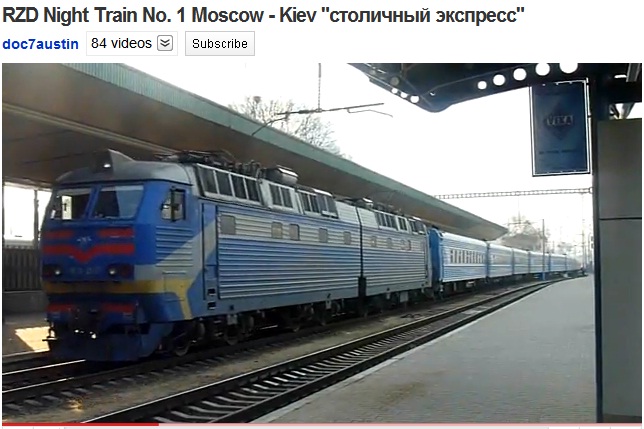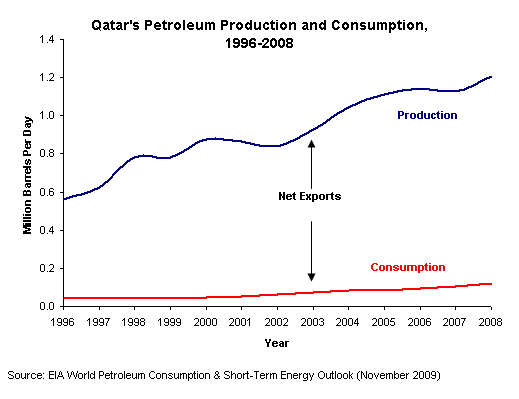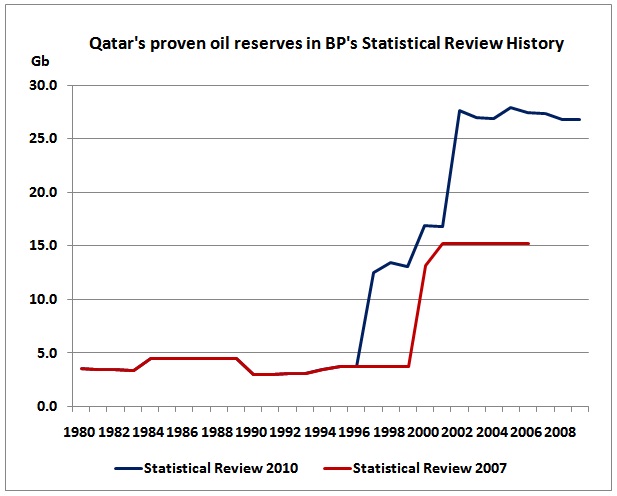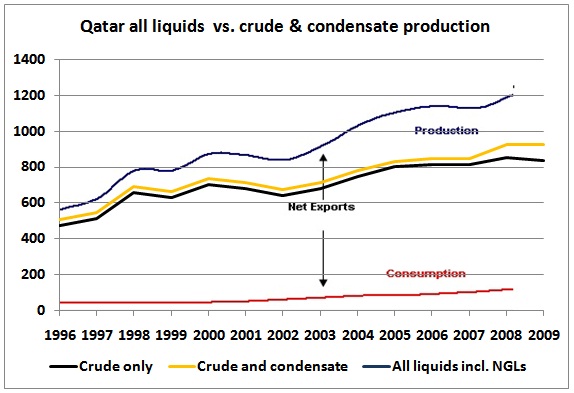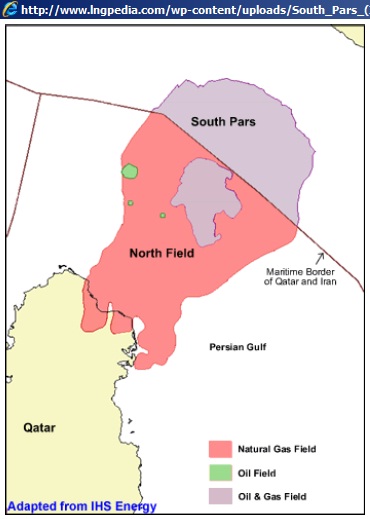At the time of the world cup soccer games in 2018 and 2022 the world will be in an oil and general energy crisis the magnitude of which will not allow us to continue business as usual. One wonders whether soccer in these 2 years will be the world’s main focus at that time. The question is: did FIFA officials take energy supplies into account when selecting countries? Very likely not, as no government feels obliged to warn FIFA about the coming oil supply problems.
But availability of funds was certainly a factor, and these depend on oil supplies and net oil exports. UK and Australia as net oil importers would have no chance under any oil availability criteria. What’s more, Australia’s location on the world map results in much higher air travel costs compared to other, more centrally located countries. Even within Australia the location of different host cities from Perth in the West to the Goldcoast in the East and Melbourne in the South to Townsville in the North would have required extensive air travel as shown on this map:
http://www.australiabid.com.au/australias-bid_our-cities.aspx
How important energy supplies will be for future sports events was shown when China’s extra oil demand of 800 kb/d for the 2008 Olympic games drove oil prices to $147 a barrel. These were the most expensive Olympic games the world ever had.
Russia, Qatar triumph at World Cup vote
http://news.yahoo.com/s/afp/20101202/wl_afp/fblwc2018wc2022
So our 2 winners are currently net oil exporters. But what will be the situation in 8 and 12 years time?
Russia’s oil production is now on its 2nd peak and oil production is expected to decline, around 25% by 2018, according to Colin Campbell’s assessment from 2008:
http://aspoireland.files.wordpress.com/2009/12/newsletter93_200809.pdf from this list:http://aspoireland.org/newsletter/
Russia’s domestic consumption is increasing at very modest rates (population no longer growing) compared to OPEC countries, so this is an advantage:
http://www.eia.doe.gov/cabs/russia/Oil.html
So Russia will still be a net oil exporter by 2018
Another advantage of Russia is that it is connected by rail to Europe, home of millions of soccer fans. Not so long ago, soccer teams (and of course soccer fans) travelled by train:
Train carrying winning soccer team after the 1954 world soccer games in Bern, Switzerland
http://www.vt08.de/einsatzgeschichte/fernverkehr.html
This is a Russian night train (where are Australia’s electric night trains between host cities?):
http://www.youtube.com/watch?v=_uLd5_Cjc_4
Now to Qatar. Their advantage is also that domestic oil consumption is low compared to production:
http://www.eia.doe.gov/cabs/Qatar/Oil.html
How about Qatar’s oil reserves?
Qatar’s Minister of Energy, H.E. Abdullah Bin Hamad Al-Attiyah, in a speech to the Franco Qatari Business Club, in May 2003:
“One of the major benefits of my job as Minister of Energy is telling people what a great place Qatar is for investors. As you may know, Qatar has been blessed with huge hydrocarbon resources. We have about 4.5 billion barrels of crude oil reserves and about 900 trillion cubic feet of natural gas reserves in the North Field, the largest non-associated gas field in the world. As we develop the North Field gas reserves, we will produce at least 10 billion barrels of condensates. This means that our condensate reserves from the North Field are more than double our crude oil reserves”
David Cohen from ASPO USA wrote in 2007:
“Qatar is a success story so far. Their production of crude oil and highly valued condensate is slated to increase, despite their misleading reserves calculations. Qatar did not make a suspicious boost in their proved reserves in the 1980’s/early 90’s as Iran, the UAE, Iraq, Kuwait and Saudi Arabia did. When Qatar did finally boost their proved reserves, where defined oil includes gas liquids, they had a good reason for doing so. Other Middle East OPEC countries have no such excuse. None of these oil producers ever revise their reserves numbers from year to year to reflect produced oil. When their proved reserves numbers do change, they only increase.”
http://www.energybulletin.net/node/30698
A year after Dave wrote this, stated reserves were not only doubled, but also 4 years retrospectively, as shown in this graph with data from BP’s 2007 and 2010 Statistical Reviews of World Energy:
Data from: http://www.bp.com/productlanding.do?categoryId=6929&contentId=7044622
The Oildrum writes in a recent article “Middle East OPEC reserves revisited””
“All companies and countries are entitled to revise reserves estimates in light of new technical data. The most recent revisions in Middle East OPEC took place in 2002 where both Iran and Qatar presumably booked natural gas liquid reserves in the North Field / South Pars Field that spans the Qatar – Iran border. There is nothing wrong with that.”
http://www.theoildrum.com/node/7149#more
Ok, let’s see how this looks like in production graphs. First, we use data from the EIA International Petroleum Monthly:
We can see that crude oil production was basically flat since 2005 at around 800 kb/d while condensate production increased from 35 kb/d to over 300 kb/d in 2010
Let’s insert annual crude and condensate data into the above EIA graph and that shows us that all recent oil production growth comes from condensate and NGLs.
A simplifying R/P calculation for crude oil: 4,500 mb / ( 800 kb/d * 365 days ) = 15.4 years
Of course Qatar’s crude oil production will not end in 15 years but it will rather decline and last much longer. There is a good chance that even if domestic consumption doubles, Qatar will still be a net oil exporter by 2022. But what is more of a concern is that Qatar shares a common gas and condensate field with Iran:
Iran: South Pars field, 3,700 km2
Claimed recoverable gas reserve: 360 Tcf
Qatar: North Dome field, 6,000 km2
Claimed recoverable gas reserve: 900 Tcf
There will be problems of gas migration depending on production on each side of the field.
Qatar’s balancing Act
“Geographically, the Gulf connects Iran to the West. But Qatar has by far the closest relationship to Iran of any GCC country. Saudi Arabia sees Iran as an enemy. The United Arab Emirates, also close to Iran, is still angry about Iran’s seizure of Abu Masa, Greater Tunb and Lesser Tunb, three islands in the Strait of Hormuz, in 1971. Iran rushed to occupy the islands on the eve of the UAE’s independence, right after the British guarantor left the region.”
http://www.theatlantic.com/international/archive/2010/09/qatars-balancing-act/63542/
So there are plenty of conflicts before 2022. And then there is climate change. Let us hope at least these promises can be fulfilled:
Qatar’s World Cup 2022 is a win for Technology
Each of the five stadiums will harness the power of the sun’s rays to provide a cool environment for players and fans by converting solar energy into electricity that will then be used to cool both fans and players at the stadiums. When games are not taking place, the solar installations at the stadia will export energy onto the power grid. During matches, the stadia will draw energy from the grid. This is the basis for the stadiums’ carbon-neutrality. Along with the stadiums, we plan to make the cooling technologies we’ve developed available to other countries in hot climates, so that they too can host major sporting events.
http://www.crunchgear.com/2010/12/02/qatars-world-cup-2022-win-is-a-win-for-technology/
Whether this is carbon neutral remains to be seen. But was there anything on solar power in Australia’s bid?
On 16/6/2009 I wrote an email to the Football Federation Australia with a copy to the Federal Resource Minister suggesting to calculate:
(1) the aviation fuel requirements for visitors to the cup, compared to those of your competitors? The resulting transportation cost and whether they would be affordable.
(2) Australian oil supplies
(3) global oil supplies
(4) the climate change impacts of additional air traffic induced by
global games(5) the state of the airline industry after the next oil price shocks
Ignored. Australia’s lost bid cost $45 million.
